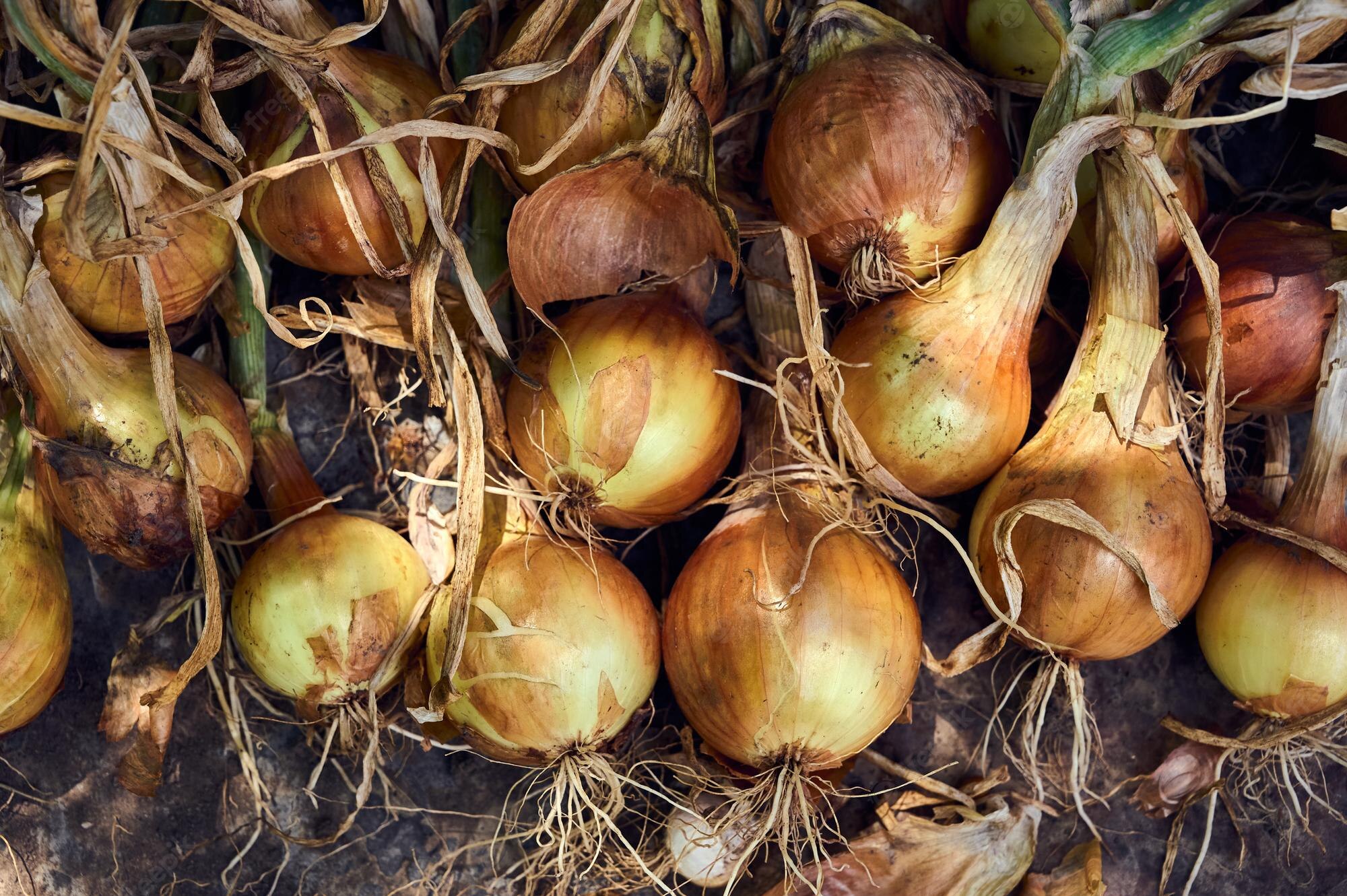Isolation and Identification of Pathogens Responsible for Post-Harvest Spoilage of Onions (Allium cepa L.) in Some Selected Markets in Maiduguri, Borno State
Main Article Content
Abstract
This study aims to identify and isolate pathogens, responsible for post-harvest spoilage of onions (Allium cepa L.) with the following stated objectives: To isolate and Identify pathogens responsible for the onion spoilages, to estimate diseased incidence on spoiled onion, to characterizes effect of leaf extract on the pathogens, to determine whether environmental factor has effect on onion post-harvest handling process by farmers. The data was analyzed using simple percentage. physical characteristic and microscopic characteristics of the isolated pathogens; The survey reviles the diseased incidence on spoiled onion isolated from the sampled onions. Five samples sample were collected from three different markets selected for this study. 13.3 percent of the rotten onion are caused by Penicillium digitatum, Fusarium oxysporum, and Rhizopus stolonifera. which are mainly fungal pathogens and 26.6 percent is caused by Aspergills niger which is also fungi while 26.6 percent Saccaromyces cerevisiae which is bacterial isolate. The distribution of the bacteria in relation to the markets surveyed. The percentage distribution was 64.28% Enterobacter sp, 21.42% Pseudomonas Sp and 14.28% Escherichia coli, respectively. Leaf extract test result of four different disk against standard anti-biotic gentamycin sample. The neem extract shows total 56 mm inhibition area with averagely 28% against the standard sample gentamycin. Bitter leaf extract also shows 54 total inhibition zone with total 27% while African mahogany with highest inhibition zone shows total 62mm inhibition zone with average of 31%. And Aloe vera shows 60mm total inhibition zone with average of 30%. The research also shows that room temperature (29- 300) was the best temperature for development of rot. There was no rot formation at -200C and at 40c while at 370C very little rot developed.
Downloads
Article Details

This work is licensed under a Creative Commons Attribution-NonCommercial-NoDerivatives 4.0 International License.
References
Brewester JL. Onions and Other Vegetable Alliums: 2nd Edition crop production science in agriculture CABI; 2014.
Dimka SO, Onuegbu BA. Mycoflora of copra and effect of brining on some properties of copra in Nigeria. Agricultural and Biology Journal of North America. 2012;6(2):595-352.
Mohamed H. Abd-Alla, Shymaa R. Bashandy Stefan Ratering & Sylvia Schnell; First Report of Soft Rot of Onion Bulbs in Storage Caused by Pseudomonas Aeruginosa in Egypt: Journal of Plant Interactions ISSN: 1742-9145 (Print) 1742-9153
Roopa VM, Suvarna VC. Bio-preservation of onions using plant extracts and antagonistic organisms. 2014;4(6):962-418.
Sang Hye Ji, Tae Kwang Kim, Young Soo Keum & Se-Chul Chun: The Major Postharvest Disease of Onion and Its Control with Thymol Fumigation During Low-Temperature Storage: Mycobiology ISSN: 1229-8093 (Print) 2092-9323
Shehu K, Muhammad S. Fungi associated with storage rots of onion bulbs in Sokoto, Nigeria. International Journal of Modern Botany. 2013;1(13):2013-5923.
Yurgel SN, Abbey L, Loomer N, Gillis-Madden R, Mammoliti M. Microbial communities associated with storage onion. Phytobiomes. 2018;2(1):35-41.
Ozoude, T. Obiageli, Igbokoyi, R. Oluwaseun1, Okey-Ndeche N. Florence1 and Eleanya, E.
Ukachi: Evaluation of Pathogenic Microorganisms that Cause Onion Bulb Rots in Selected Markets in Abuja, Nigeria; Microbiology Research Journal International 29(4): 1-6, 2019; Article no. MRJI.50163 ISSN: 2456-7043

